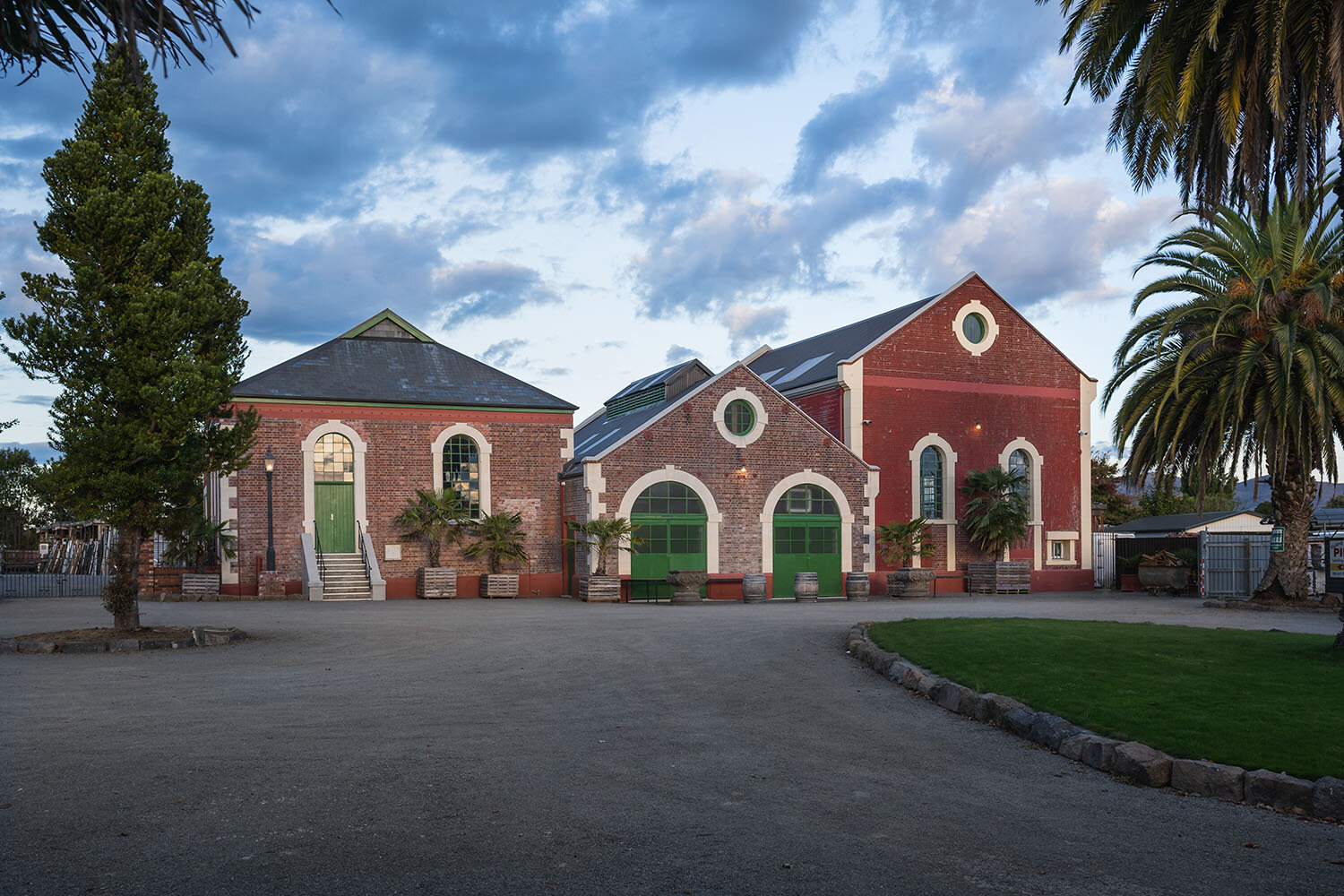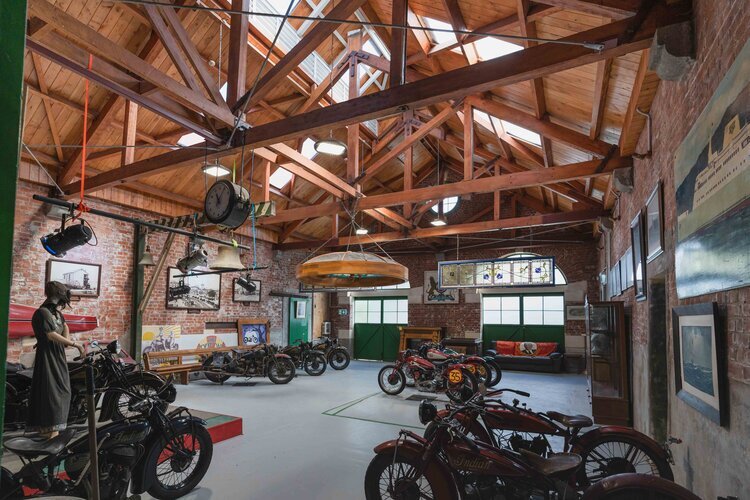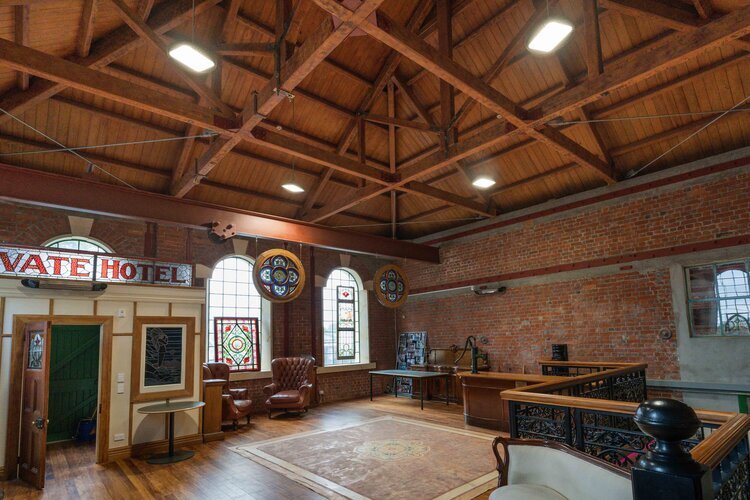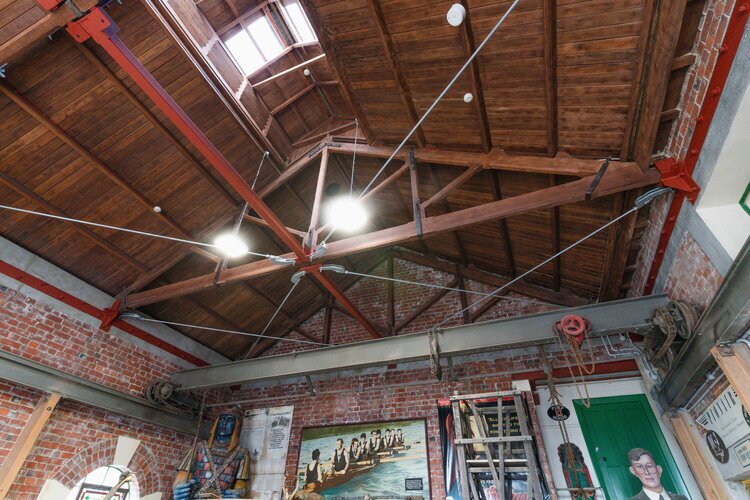Historic Pumphouse Project
Location:
Christchurch
Disciplines Involved:
Structural Engineering
Project Timeframe:
February 2011 - July 2019
The former Drainage Board No.1 Pumping Station has high historical and social significance as it played a key role in addressing the problems caused by inadequate drainage and sewage disposal in early Christchurch, becoming fully operational in 1882. The Pumping Station was decommissioned in 1957 and used as a maintenance depot for the Drainage Board until 1989.
In 1989 Paddy and Jackie Snowdon purchased the site as a base for Paddy’s demolition business and as a retail salvage yard. The buildings were ideal to use as a showroom for recycled building materials, architectural antiques, and character house parts. The Pumphouse buildings experienced significant damage in the 2011 Christchurch earthquakes and as a result were designated as Earthquake Prone Buildings, which meant they were unable to be used for retail or commercial purposes.
The business was able to continue using shipping containers & temporary buildings after the earthquakes. Once things settled down they engaged CGW to carry out a structural assessment and develop a strengthening strategy.
Due to the age of the buildings, there were no existing plans so a survey of the buildings together with an intrusive investigation was completed to confirm the quality of the material and the typology of the construction. A Detailed Structural Assessment (DSA) was subsequently completed.
As a result of this investigation, it was confirmed that the four buildings were under the minimum standard of 34% compliant and two of them required immediate temporary strengthening. CGW completed the design for the temporary strengthening work and monitored the construction, which consisted of installing four temporary steel trusses at the front of the tallest building and post tensioning the gables.
The owners asked CGW to develop two strengthening plans for the buildings – one to bring them up to 34% of the New Building Standard (NBS) and the other for strengthening them to above 67% NBS. This was so they could review both options and make an informed decision on which strategy to proceed with. CGW worked to create a strengthening plan for the buildings, which presented some unique challenges. All four buildings are connected so it was critical to analyse how they would interact in the event of an earthquake. Paddy and Jackie decided to strengthen the buildings to a minimum of 67% to ensure the buildings would have the best chance to resist future events and give the community back one of the very last industrial buildings of its kind.
CGW acted as Project Managers as the initial strengthening scope evolved into a restoration project and required coordination between several consultants, contractors, and regulatory authorities. CGW supported the owners with the resource and building consent process and assisted them in their applications for a Heritage Incentive Grant and Heritage EQUIP Grant, both of which were approved, and which contributed $600,000 to the $1.3M costs of the work.
Throughout the strengthening and restoration of the Pumphouse buildings CGW worked closely with the main contractor, Higgs Construction, to respond to queries and monitor the work. The building was listed as an historical building which meant close communication was needed with the Heritage Team at the Christchurch City Council. The final sign-off of the building took place in June 2019 and is now 75% NBS.
The Pumphouse stands proudly restored as one of the few heritage buildings to have survived and been restored to near original condition after the 2010 and 2011 earthquakes. It has been designed by Heritage New Zealand as a Category 2 Heritage building. The buildings continue to be used for the Demolition and Salvage business, as well as housing a classic motorbike & memorabilia collection, and a new venture as a Heritage Venue for functions and events.




